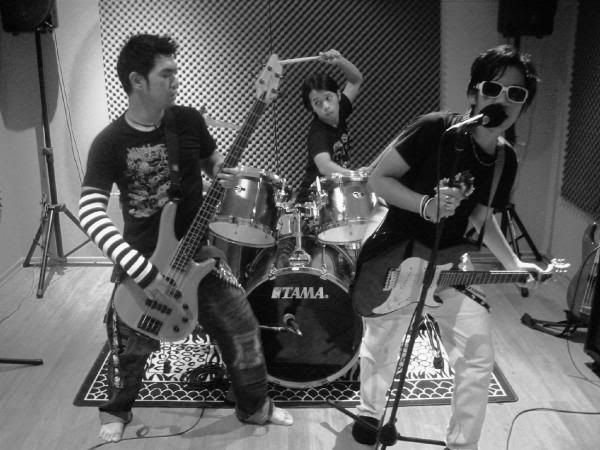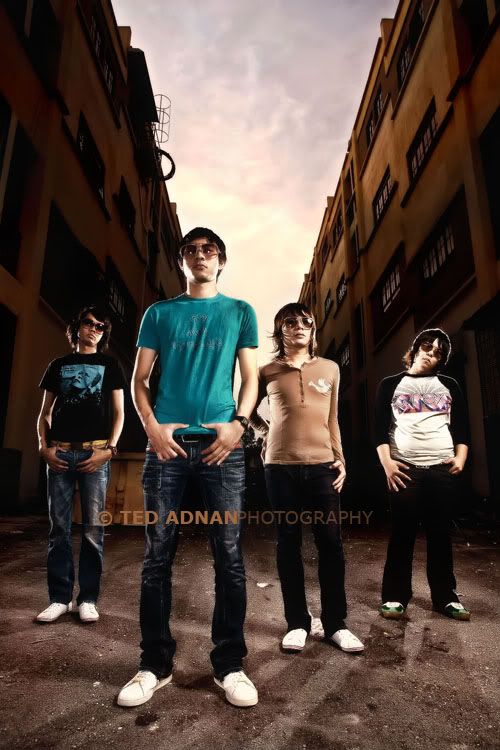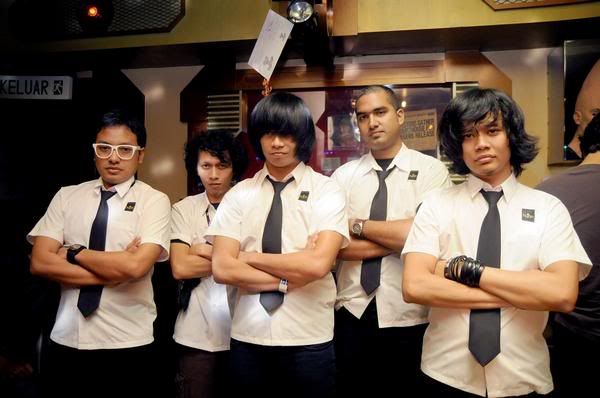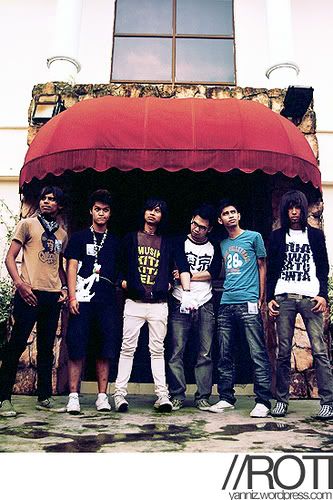Nikon Corporation was established in 1917 when three leading optical manufacturers merged to form a comprehensive, fully integrated optical company known as Nippon Kogaku Kokyo K.K. Over the next 60 years this growing company became a leading manufacturer of optical lenses and precision equipment used in cameras, binoculars, microscopes and inspection equipment. During World War II the company grew to 19 factories and 23,000 employees, supplying items such as binoculars, lenses, bomb sights and periscopes to the Japanese military. After the war it reverted to its civilian product range with a single factory. In 1948, the first camera with the Nikon brand was released, the Nikon I.[2]
Nikon lenses were popularised by the American photojournalist David Douglas Duncan's use at the time of the Korean War.[3] Fitting Nikon optics to his Leica rangefinder cameras produced high contrast negatives with very sharp resolution at the centre field.
Besides cameras, Nikon Corporation (Nikon) is recognized as a world leader in development and manufacturing of advanced optical and precision photolithography equipment. In 1980, the first stepper, the NSR-1010G, was produced in Japan. Since then, Nikon has introduced over 50 models of steppers and scanners for the production of semiconductors and liquid crystal displays. Nikon currently designs and manufactures precision equipment for use in semiconductor and liquid crystal display (LCD) fabrication, inspection, and measurement. Nikon also designs and manufactures visual imaging products including cameras; instruments such as microscopes; and other products such as chemical mechanical polishing (CMP) systems, binoculars, surveying instruments, eyewear, sport optics, and optical measuring and inspection equipment.
In 1982, Nikon Precision Inc. (NPI) was established in the United States. NPI is the North American sales and service arm specifically for Nikon Corporation's semiconductor photolithography equipment and is headquartered in Belmont, California. Fueled by a rapidly growing customer base, the company quickly expanded. In 1990, NPI opened its current headquarters and the facility now includes corporate offices, a fully equipped world-wide training center (WWTC), service operations, applications engineering, technology engineering, quality and reliability engineering, training, technical support, sales, and marketing for Nikon equipment serving the wafer, photomask, flat panel display, and thin-film magnetic head industries. Today, NPI is an industry leader in supplying and supporting advanced photolithography equipment used in the critical stages of semiconductor manufacturing.
Nikon Corporation also has research and development operations in the U.S. under Nikon Research Corporation of America (NRCA), which directly supports R&D efforts of the Precision Equipment Division in Kumagaya, Japan. By leveraging its strong and long-standing customer relationships, global brand recognition, and technological expertise, Nikon has positioned themselves to maintain their market leadership through its emphasis on leading-edge research and development and its ability to adapt its products to meet its customers' rapidly changing needs. The Nikon brand has recently slipped behind rival Canon in total sales. Nikon, once the industry leader, has found itself playing catch up to Canon, who was quicker to market with such innovations as image stabilization and piezo-electric (ultra sonic motor) focusing.
Today, Nikon Group Companies total nearly 17,000 employees worldwide.
In January 2006, Nikon announced it would stop making most of its film camera models and all of its large format lenses, and focus on digital models[4].
In late 2007, Nikon introduced the newest product in the Nikon Immersion Solution, the NSR-S610C, which uses a proprietary technology that eliminates bubbles, watermarks, and particles generated by immersion processing. This results in defect levels to occur at a rate similar to dry scanners.[citation needed]




















No comments:
Post a Comment